Sensory toys are a diverse category of products designed to provide sensory stimulation and promote sensory development in individuals of all ages. These toys are specifically crafted to engage the senses, including touch, sight, sound, and sometimes even taste and smell. With their wide range of textures, colors, and shapes, sensory toys offer a multi-sensory experience that can be both therapeutic and enjoyable.
Types of sensory toys
The different types of sensory toys available today offer a wide variety of sensory experiences to cater to different needs and preferences. One popular type of sensory toy is the pop tube. These toys offer both a tactile and auditory experience. When stretched or compressed, they make a distinctive noise that can engage the auditory senses. Simultaneously, their flexible, ridged texture offers a unique tactile sensation. Sensory slugs, on the other hand, offer a different kind of tactile experience. They are typically made from a soft and squishy material that is pleasant to touch and squeeze. This makes them ideal for tactile stimulation, and they can also serve as a stress relief tool.
Sensory balls are another common type of sensory toy. The different textures of the balls can stimulate the tactile senses, while the bright colors and varying sizes can engage the visual senses. Additionally, the act of throwing, catching, or simply manipulating the balls can help to improve gross motor skills. Fidget tubes are another popular type of sensory toy. These squishy fidget toys are designed to provide tactile stimulation and stress relief. The soft, squishy materials used in these toys can be soothing to touch, while the act of manipulating them can help to relieve stress and anxiety.
Features and materials used in sensory toys
Sensory toys are designed with specific features and materials to target different sensory needs. These toys incorporate various textures, such as soft, squishy, or bumpy surfaces, to provide tactile stimulation. Some toys produce sounds or music to engage the auditory senses, while others incorporate bright colors and visual patterns to stimulate visual perception. The materials used in sensory toys can vary, including silicone, fabric, plastic, or natural materials like wood. These materials are carefully chosen to ensure safety and durability. The diverse features and materials of sensory toys for adults allow individuals to engage multiple senses simultaneously, promoting a rich sensory experience. By providing a variety of tactile, auditory, and visual stimuli, these toys encourage sensory exploration and development.
Applications of sensory toys
Sensory toys have a wide range of applications across various settings. These toys are commonly utilized in therapy sessions, educational environments, and even at home. They are particularly beneficial for individuals with sensory processing disorders, such as autism. Autism toys aid in regulating sensory input, improving focus and attention, and enhancing fine motor skills. Additionally, adults can also benefit from sensory toys as stress relievers or tools for engaging in sensory play. These toys provide a multi-sensory experience, promoting sensory exploration and development. They can help individuals understand and interpret sensory information more effectively, leading to improved sensory processing skills and increased self-regulation.
Furthermore, sensory toys for autism encourage creativity, imagination, and problem-solving abilities. Their calming effect can also help reduce anxiety and stress levels, promoting overall well-being. Whether in therapy, education, or personal use, sensory toys offer valuable applications for individuals of all ages.








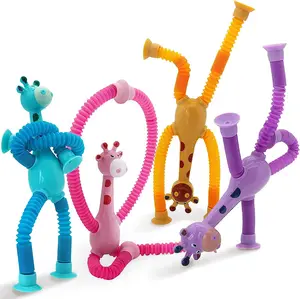







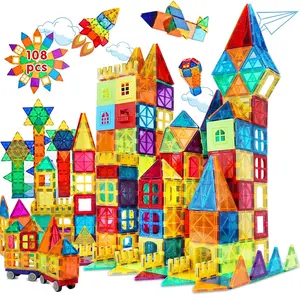

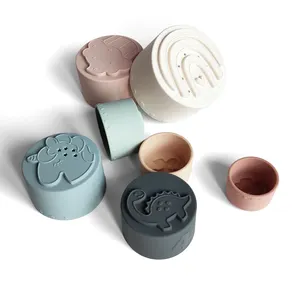
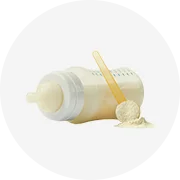

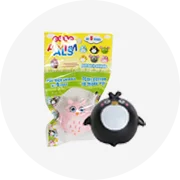

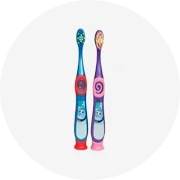

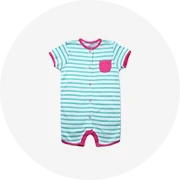



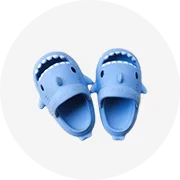












 浙公网安备 33010002000092号
浙公网安备 33010002000092号 浙B2-20120091-4
浙B2-20120091-4